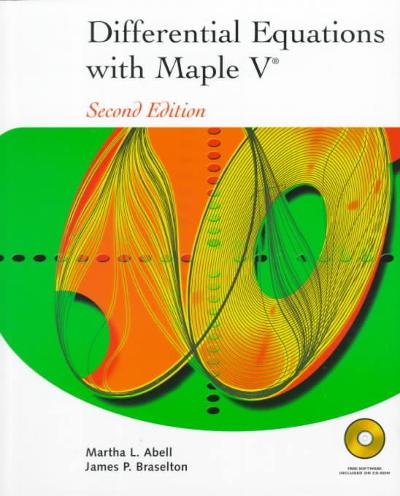Please help me
In these questions, you will explore a simple model from the theory of pharmacokinetics which is what underlies the instructions on medications that tell you how much of the medication to take and how often. For example, the label on acetaminophen recommends something like 500 mg every 4 hours. To keep track of how much of a medication is in a person's blood, we derive a differential equation (DE) for the mass of the medication m in the blood at time t (see the derivation given below the assignment questions). 2. *'ki'i? The rate constant for the clearance of acetaminophen (Tylenol) from the body of a typical human is \"r = 23 % per hour or equivalently 7\" = 0.23 per hour. Suppose a person has no acetaminophen in their body at t = 0 when they take a 500 mg pill. (a) What is the DE for the mass m of acetaminophen remaining in the body at time t? (b) What is the initial condition (IC) for m(t)? (c) Solve the DE from (a) with the IC from (b) and determine how much acetaminophen remains in the body after 4 hours (the time recommended before taking another pill). (d) If the person takes another pill at t = 4 hours, we can dene a new initial condition and DE whose solution will give the mass of acetaminophen remaining in the body at time t for t > 4 hours. What is the new initial condition: 7712(4) =7 that is the DE? Solve the DE with this IC. How much acetaminophen remains in the body at t = 8? 3. *'k'ki? Suppose a person takes a pill with p mg of a medication in it every T hours, starting with the rst pill at t = O and continuing indenitely. The medication is cleared from the body with a rate constant of 16 measured in units of hr_1. Call the amount left in the body just before taking the nth pill M'n_1 and the amount of medication in the body between the nth and (n + 1)th pill mn(t). (a) What is the DE describing the amount of medication in the body between the nth and (n + 1)th pill (n1n(t))? At what time is the nth pill taken? What is the IC for m,,(t)? (b) Sketch or plot the amount of medication in the person's body from t = 0 until t = 57. Your axes tick mark labels should reect that p and T are not given specic values. (c) Calculate a formula for the relationship between AL,_1 and 11/1\"? 4. ***'i'! This question is a continuation of the previous one but separated from it for the sake of rating. Without the hint in (b) of this question, this question would count as a *'k'k'k question (arguably even with the hint). (a) If the person has no medication in their body when they take the rst pill then 11/10 = 0. Use this to nd an expression for 1441, ill/[2, 11p to Mr\" in terms of mp, k, 7', and n. (b) Simplify your answer from the previous part so that it is not written as a sum. Use the simplied expression to determine the long-term lowest and highest levels of medication in the body. Here, longterm means after many pills have been taken (it > 00). Hint: Use the fact that 711 11 (19:)(ccn_1+xn_2+...+x2+x+1) = (:1: +x _2+...+:r+1)(a:n+xn_1+...+a:2+3:) =1xn







